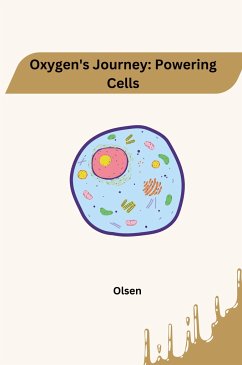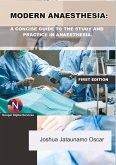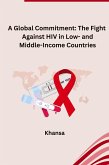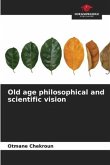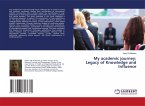Our cells are constantly buzzing with activity, and that buzz needs fuel! This fuel comes from cellular respiration, the process by which cells convert food molecules into energy, a molecule called ATP. There are two main ways cells achieve this: aerobic respiration and anaerobic respiration.Think of aerobic respiration as needing oxygen (aero means "air" and bic means "life"). During this process, glucose (sugar) is broken down completely in the presence of oxygen, releasing energy and producing water and carbon dioxide as waste products. This method is much more efficient, generating up to 36 ATP molecules per glucose molecule. It's like getting a full tank of gas for your cellular engine.Anaerobic respiration, on the other hand, works without oxygen. It's a quicker but less efficient way to generate energy, like a short burst on a nearly empty tank. Anaerobic respiration only produces 2 ATP per glucose molecule and results in byproducts like lactic acid. This lactic acid buildup can lead to muscle fatigue, the burning feeling you get during intense exercise.So, which process do cells use? It depends on the situation. Aerobic respiration is preferred when there's enough oxygen available, providing a steady stream of energy for most cellular activities. But during short bursts of high energy demand, like sprinting, cells switch to anaerobic respiration to keep going even without enough oxygen. Our bodies are amazing at using both these systems to keep our cells fueled
Bitte wählen Sie Ihr Anliegen aus.
Rechnungen
Retourenschein anfordern
Bestellstatus
Storno

